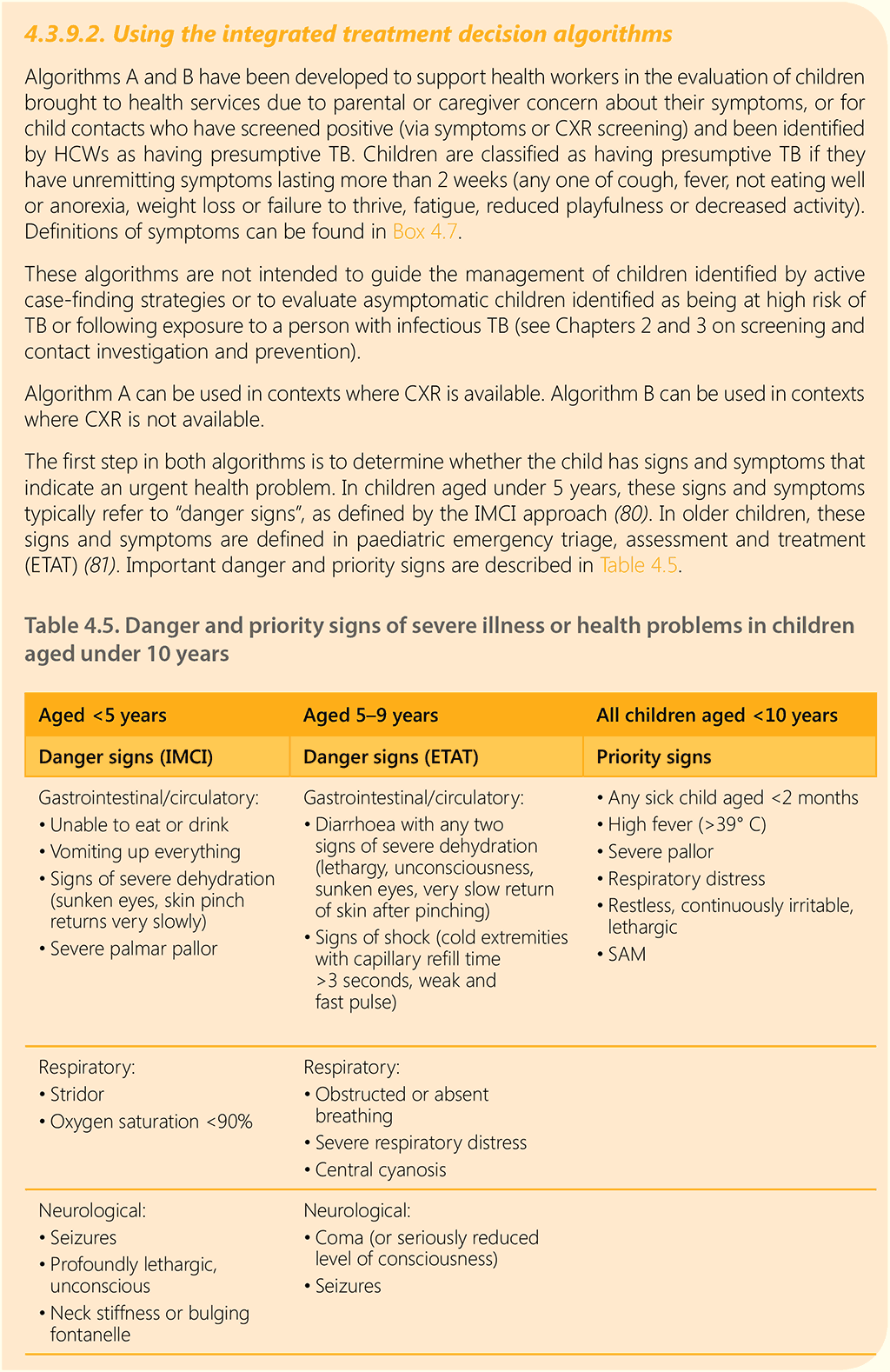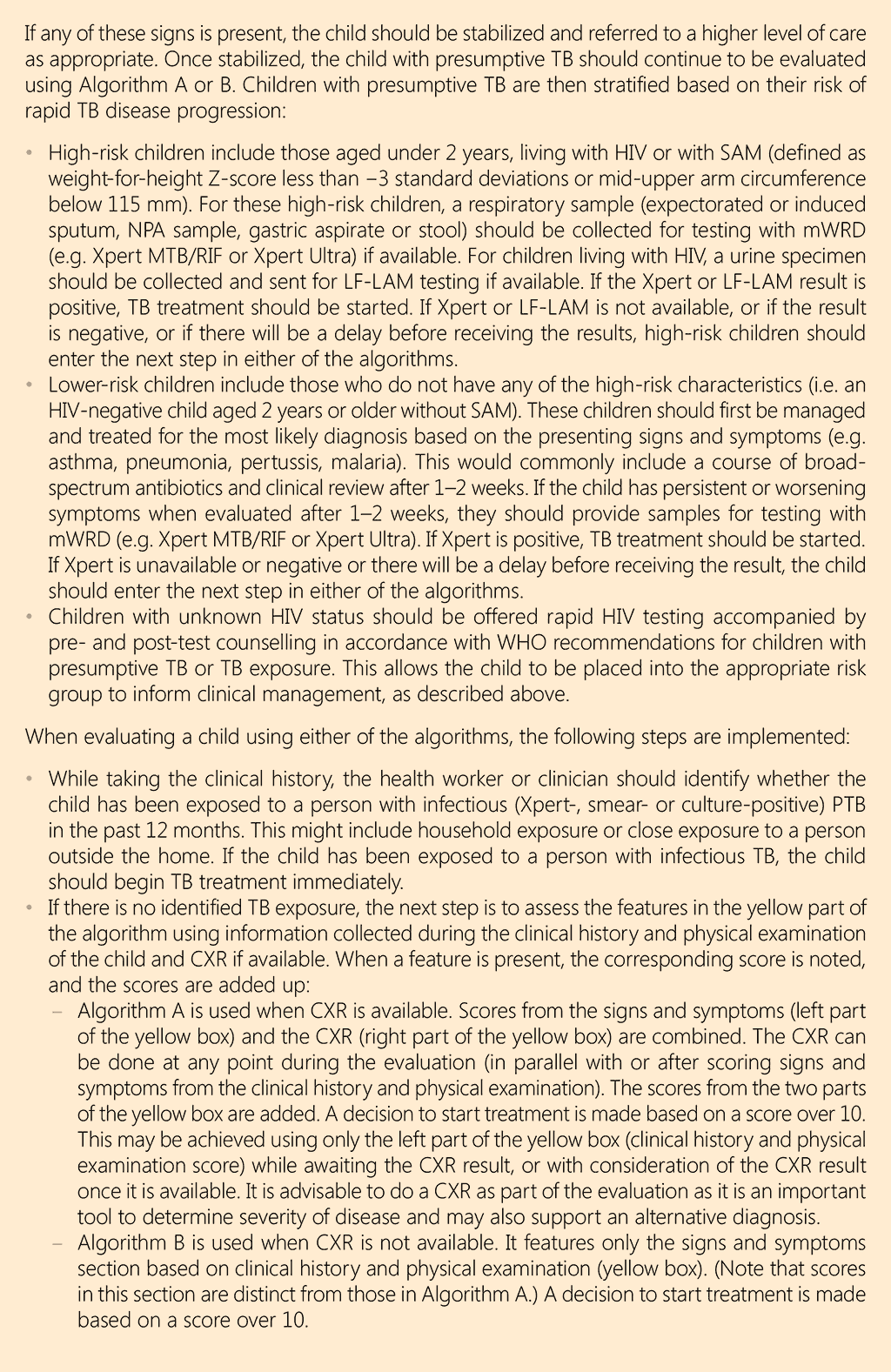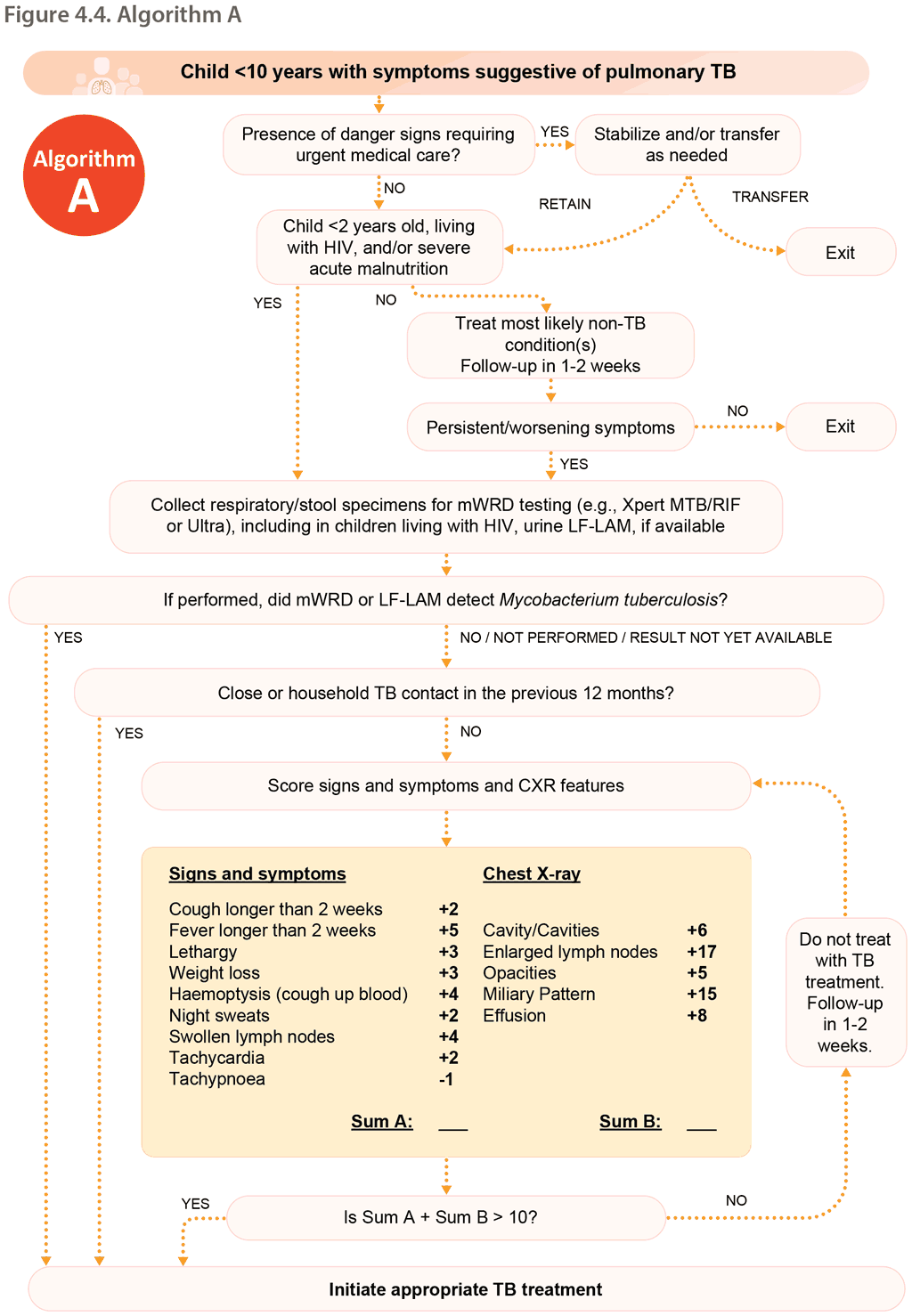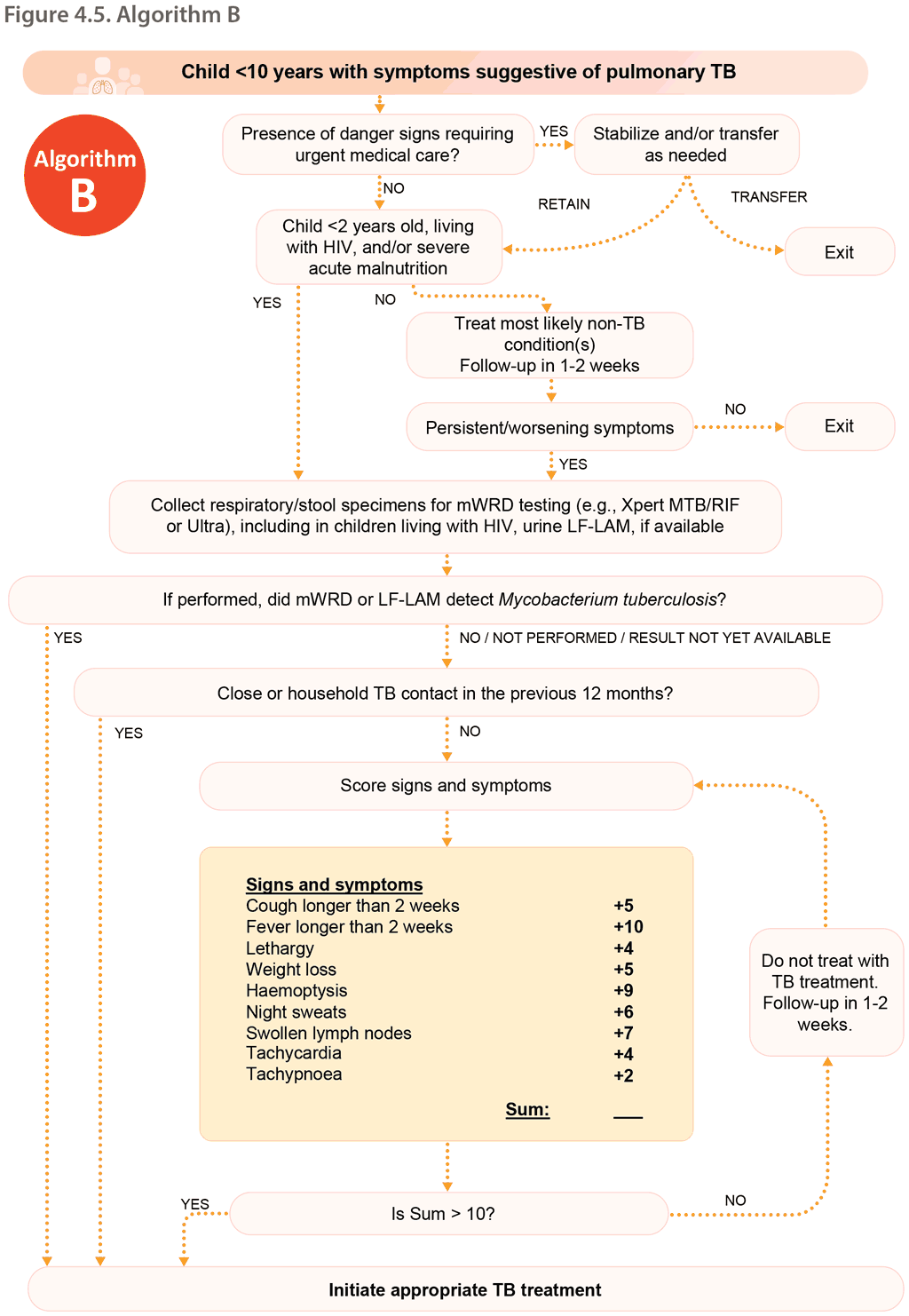6.2.1.3. Health workforce
Availability of a skilled workforce at the various health care levels is critical to provide high-quality TB services. The NTP should plan for capacity building of staff to undertake any new responsibilities, including task-shifting for functions such as TB screening, contact investigation, non-invasive methods of sample collection, use of treatment decision algorithms, and use of child-friendly formulations of TB medicines. This can be achieved via training, provision of equipment, supportive supervision and mentorship.

 Feedback
Feedback



